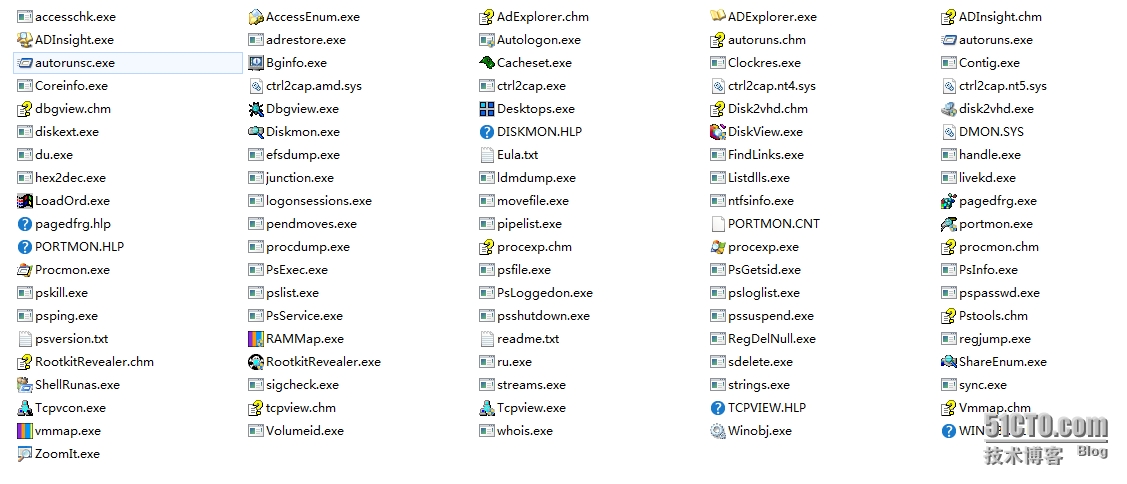


The better visibility of I/O traffic makes it simple to associate, for example, the internal handle for the mouse object, since my mouse requires intercepting/sampling to use all 7 buttons. The "System Information" graph is much more informative in that you can mouse over the spikes and see which process is causing them. You can set it to permanently remember process priorities and automatically apply them. Process properties show tokens, much better overall/accumulated stats view for a process, process modules and heap regions, and so on. It's easier to supervise the activity by using the tabs on the main window to see all ongoing Disk, Network, or Service jobs. There are more graphs per process and the interface is customizable. So using handle -s to get a summary, my system shows this - I would think all would be represented in Procexp: Do you mean handle types it represents, or does it show handles from sub-processes? I've found the content to be the same as I get from handle.exe from Russinovich. If there are needed files, then I create a object and download the files.I don't understand the question, likely because I'm not a programmer. Eventually I arrived at this: $pattern = "(?\w+,\s\w+\s\d I had to build a regular expression pattern. In my test script, I dot source this script. $html = Invoke-RestMethod ""īecause $html is one long string with predictable patterns, I realized I could use my script to convert text to objects using named regular expression patterns. I chose to use Invoke-RestMethod for the sake of simplicity. I knew that I could easily get the html content from through a few different commands. ManageEngine ADManager Plus - Download Free TrialĮxclusive offer on ADManager Plus for US and UK regions. Manage and Report Active Directory, Exchange and Microsoft 365 with


 0 kommentar(er)
0 kommentar(er)
